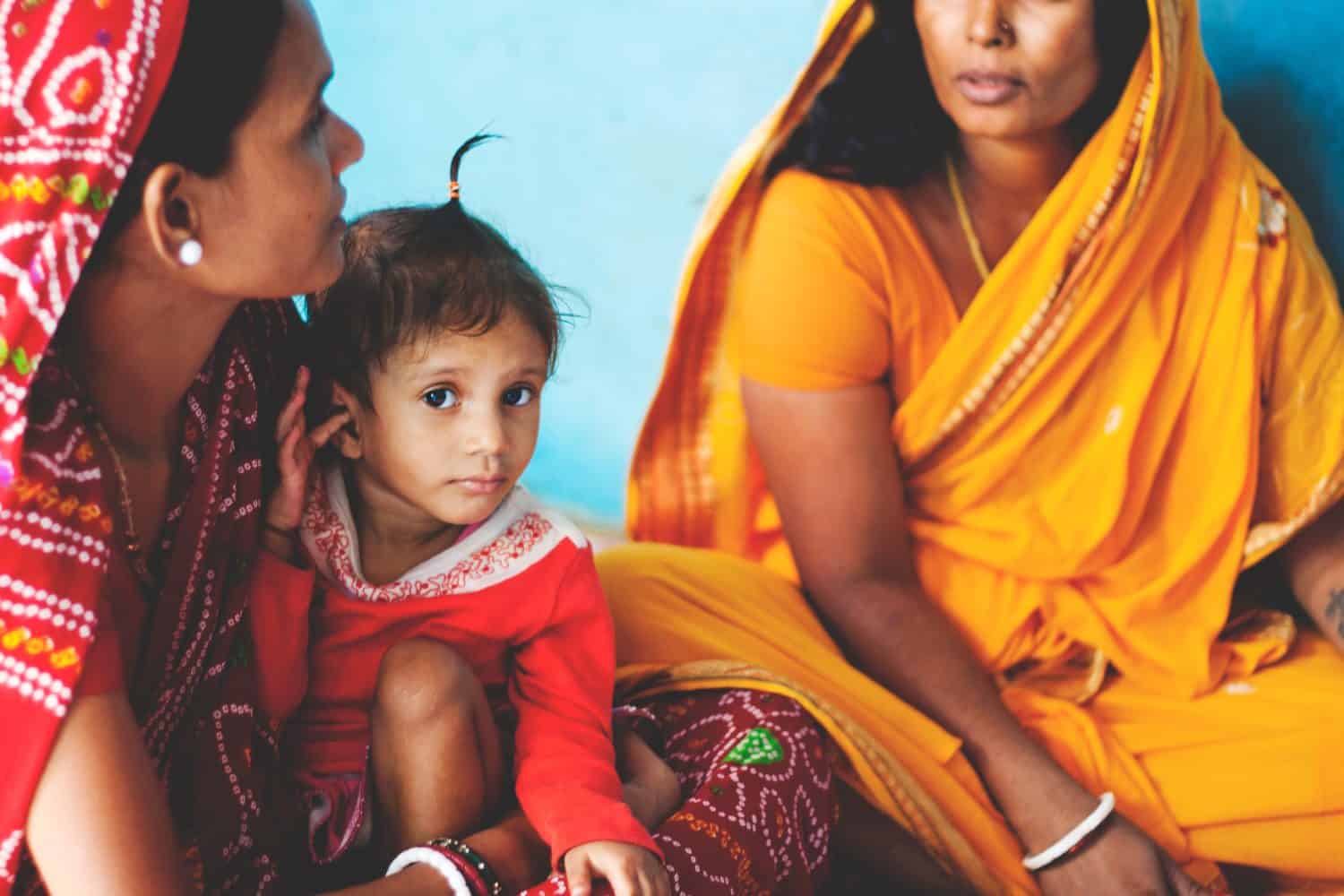July 20, 2018

The Question: What are the disease and financial burden ramifications of introducing the pneumococcal conjugate vaccine (PCV) in India’s Universal Immunization Programme (UIP)? And will incorporating the vaccine in the UIP provide value for money?
What we found: We extended IndiaSim, our agent-based simulation model representative of the Indian population and health system, to model the dynamics of Streptococcus pneumoniae. This enabled us to evaluate serotype and overall disease dynamics in the context of the local population and health system, an aspect that is missing in prospective evaluations of the vaccine. We found that introducing the vaccine will avert a significant number of deaths (approximately 35,000 under five deaths averted per year) and provide financial risk protection for poor populations, though the estimated benefits were not quite as high as for the rotavirus vaccine. We caution that uncertainty remains and additional data should be collected as the vaccine is rolled out in India, but given our conservative assumptions rolling out the vaccine is an intervention worth pursuing.
Why it matters: Streptococcus pneumoniae, which was responsible for 105,000 under five deaths in India in 2010, imposes a significant burden on the population. The costs of the vaccine are high relative to other vaccines in the UIP, and the effectiveness of the vaccine has varied in different countries. Little data exists on the impact of the vaccine in low- and middle-income countries, leading many studies to assume similar effectiveness as in high-income countries. For vaccines such as PCV—for which many factors play an important role, including the local distribution of S. pneumoniae dominant serotypes, host population characteristics and behavior, and the size, coverage, and management of vaccination programs—considering the disease dynamics within local context is particularly important.

